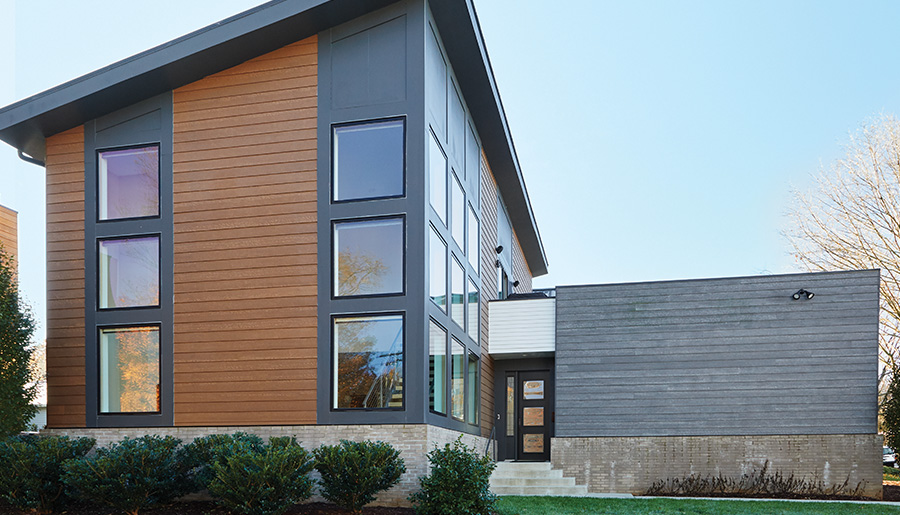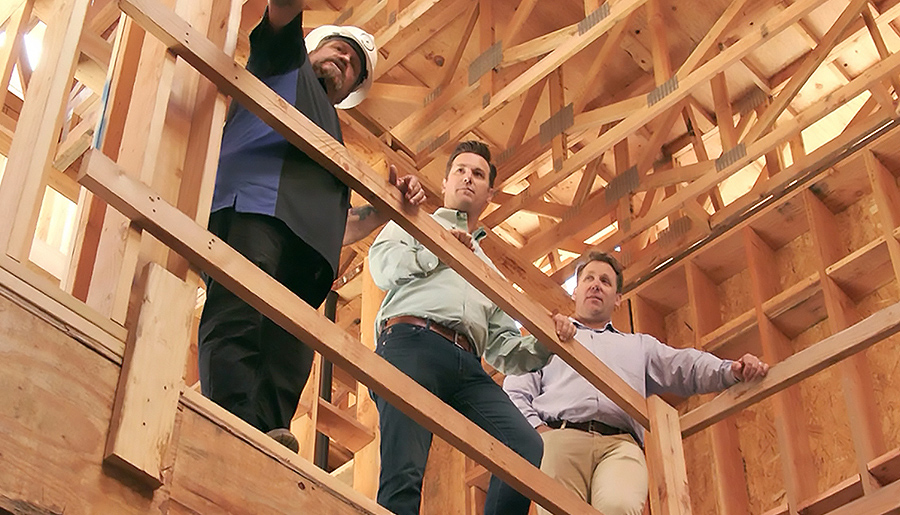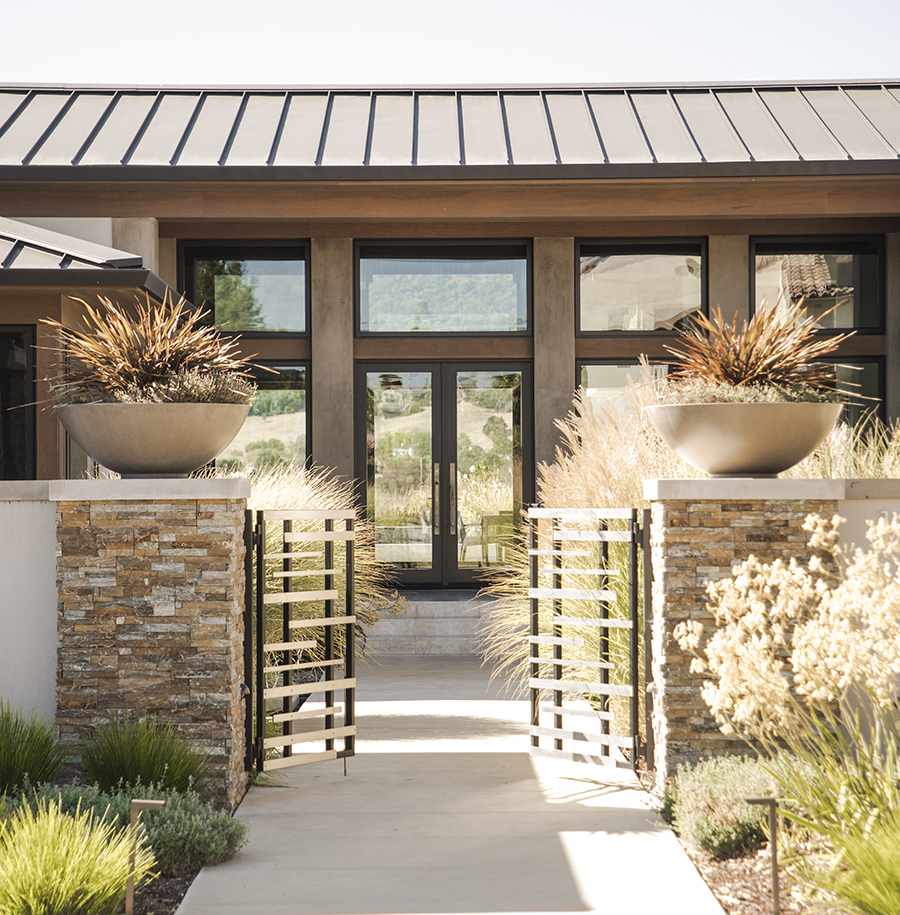Learn how homes marry performance and sustainability to become resilient sanctuaries.
Most homes need power to remain habitable. However, there’s an increasing design trend among architects—especially on the East Coast with frequent storm-related power outages—that builders and remodelers should monitor closely.
It’s called passive survivability, and it’s the standard for today’s most energy-efficient homes. Passive survivability reduces a home’s environmental impact while still providing for basic human needs when utilities are out. After the storm passes, the home’s features work to keep the inside comfortable.
What are the main ingredients of passive survivability? Let’s take a look.
1) Super-efficient home envelope
Highly efficient envelopes help homes retain so much energy that heating or cooling requires less than a conventional HVAC system. This involves a combination of proper insulation and air sealing that starts with code-mandated structural features such as tie-downs to resist uplift and sheer panels to help the frames resist high winds, as well as careful waterproofing.
Thicker walls, roofs, and floors and air-tight sealing help keep heat from flowing in and out of the house. So when the power goes out, the home can maintain a comfortable indoor temperature on its own for days. According to SURE HOUSE, a passive home research project by the Stevens Institute of Technology, passive home envelopes can reduce energy usage as much as 90 percent.[1]

2) High-performance windows
The perfect passive home would have no windows—just walls—because windows are more susceptible to leaks. When choosing windows for passive homes, they should be engineered for the highest performance and energy efficiency.
JELD-WEN has a breadth of energy-efficient windows and glass options that stop the transfer of heat and cold. For instance, our Premium Vinyl window collection includes 11 different models with thermally efficient frames and Low-E insulating glass.
For greater heat retention at elevations above 4,000 feet, our Low-E EC glass features a second coating of Low-E on the interior for dual protection.
3) Controlled ventilation
Unlike traditional homes where air flows freely, passive homes lock air within their envelope. This begs the question: if air can’t flow freely, won’t there be issues with indoor air quality?
It’s possible. That’s why some form of mechanical ventilation is recommended in passive homes. SURE HOUSE recommends installing an energy recovery ventilation (ERV) system to achieve the highest efficiency, which uses indoor air to acclimate incoming air to the right temperature.
This controlled mix of conditioned and unconditioned air allows the home to maintain cleaner air quality and comfortable temperatures without the energy costs of a conventional HVAC system.
4) Backup and renewable power supplies
Sure, your home will maintain a comfortable temperature even without power, but it’s nice to have access to energy when you need it. While the final form of power supply will depend on your client, passive homes tend to use renewable energy sources such as solar panels or geothermal systems.
For additional power, a single backup battery can keep essential lighting, a refrigerator and freezer, and a furnace running for eight to 12 hours.
Whether you’re building a passive or more traditional home, you’ll find windows and doors that meet your performance specs and style needs at JELD-WEN. Browse our curated style and product collections for the perfect solution.
For assistance with window and door specifications



